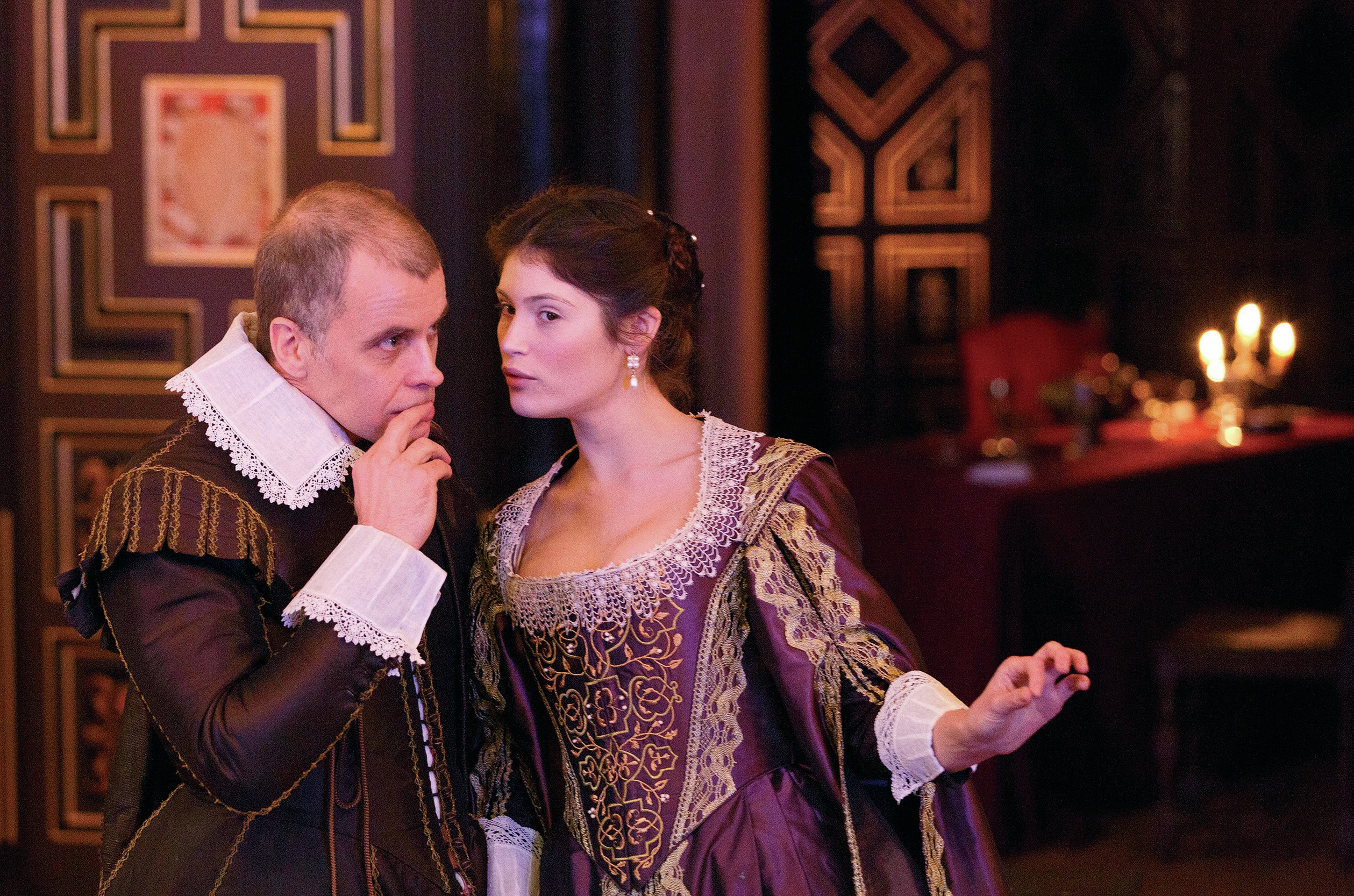
John Webster’s The Duchess of Malfi (first performed in 1613–14) stages a family in conflict. The Duchess is a young widow who, against her controlling brothers’ wishes, marries her steward in secret and bears him three children. Her twin brother, Duke Ferdinand, is obsessed with her, imagining her in ‘the shameful act of sin’, while her other brother, the Cardinal (forget piety — think power), ensures that his spy, Bosola, is employed in her household. The play depicts the slippery, unstable nature of life in court and the dangers of challenging authority.
Interestingly for a play set in the patriarchal world of early modern England, the Duchess asserts her right to marry whom she pleases. We watch her seduce Antonio and then conduct her own wedding ceremony with her maid, Cariola, as their witness. It’s often said that women in this period had no power to own property nor run their own households, but the proliferation of manuals reminding women of their wifely duties and the dangers of straying from them (for example, A Crystal Glass for Christian Women by Philip Stubbes, 1591) suggests that women were, in practice, challenging the patriarchy. Although the Duchess in the course of the tragedy is hounded, imprisoned and finally strangled, in her final moments she mocks and dismisses the male court and welcomes a swift exit from it ‘any way, for heaven’s sake / So I were out of your whispering’ (4.2.221–22).
Your organisation does not have access to this article.
Sign up today to give your students the edge they need to achieve their best grades with subject expertise
Subscribe




